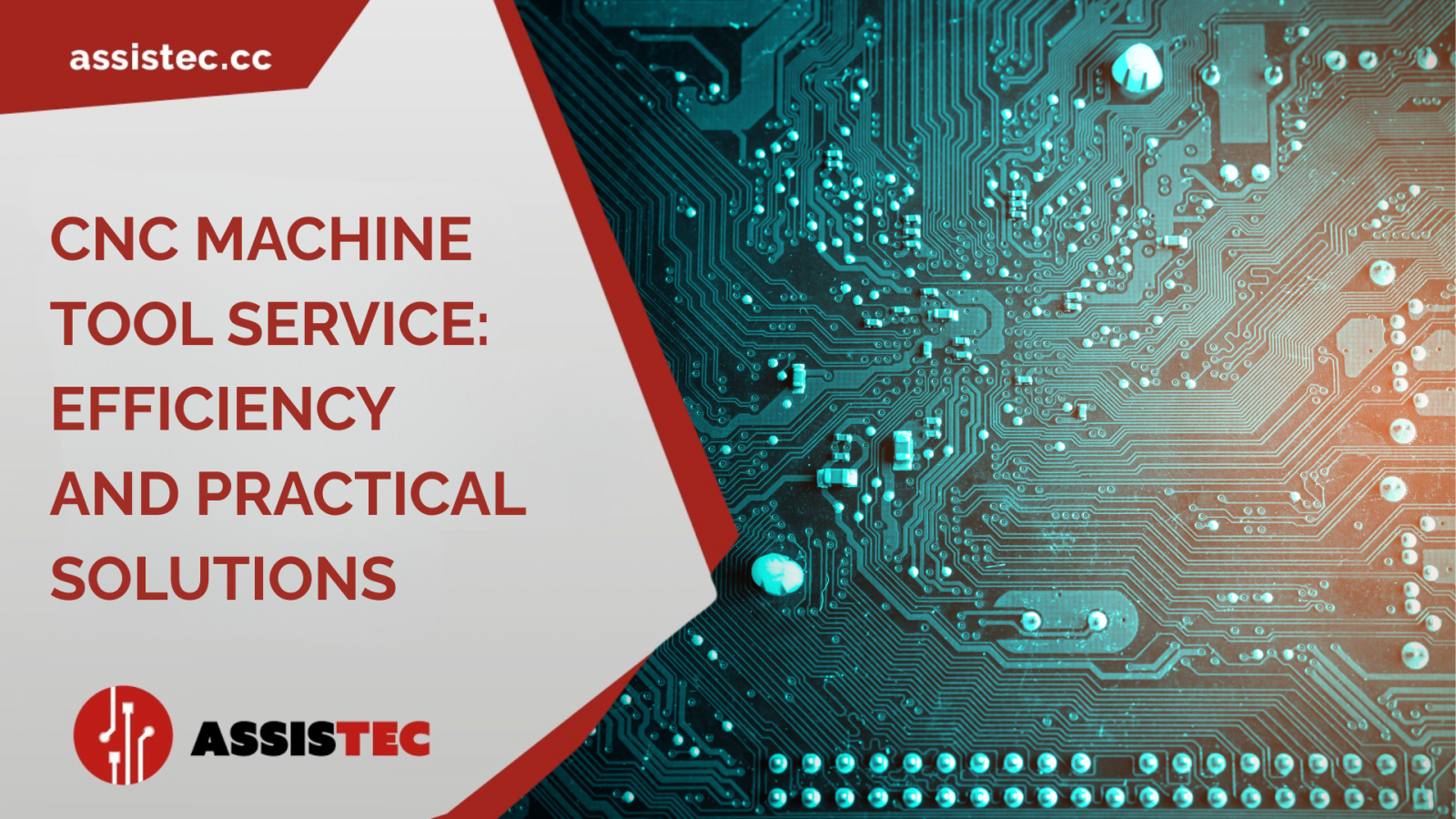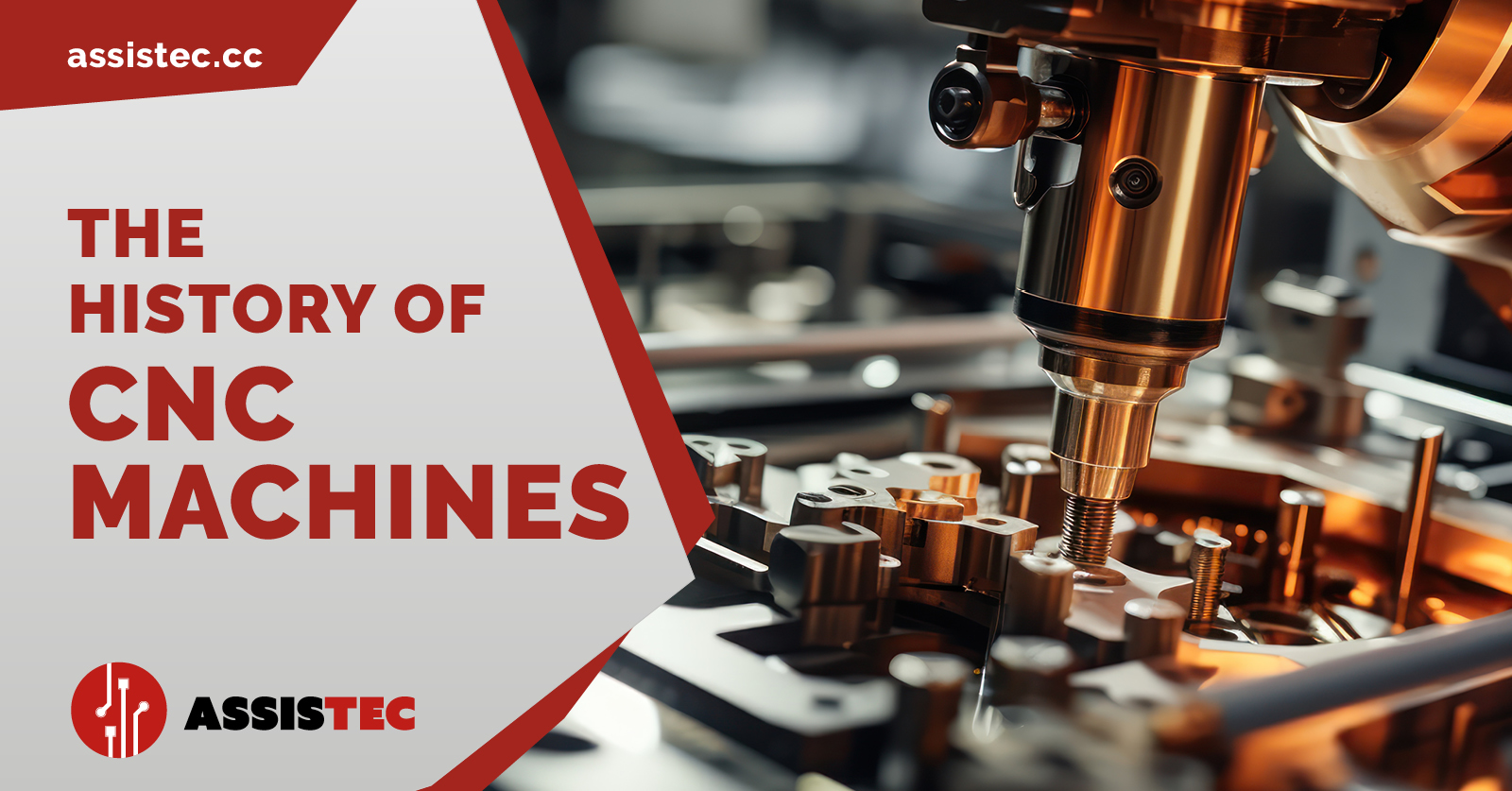FANUC CNC Guide: efficienza e produttività con la simulazione su PC


The perfect tool to learn about CNC
With the advent of smart factories and industry 4.0, specific knowledge of the technical features of CNC machines has become even more necessary. This is why FANUC decided to develop a new software, called FANUC CNC Guide. This intelligent, simple and effective system now makes it possible to simulate the machining programs of CNC machine tools directly on a PC. The simulation reproduces the CNC with the utmost precision, so you can create work programs and test them without being on the machine. It is also an ideal industrial training tool for teaching students how to use the software.
Features, advantages and benefits
To best simulate the CNC environment, both for programming and learning, the FANUC CNC Guide package includes a MANUAL GUIDE, for conventional programming. The FANUC CNC Guide also allows you to simulate and manage the FANUC development tools used by machine tool builders and OEMs. The software runs on standard PCs, without the need for additional hardware.
For schools and for individuals who want to learn how to program and use the software, FANUC CNC GUIDE Academic has been developed. This version can be used by up to 16 PCs connected to the same server.
Install FANUC CNC Guide with Assistec
In addition to being a leader in the field of electronic and mechanical support, with specialised know-how in system integration operations, Assistec is also an authorised dealer of the FANUC CNC Guide. Contact us or call us on +39 0522 989436 to request a quote. Our technicians will guide you through all the phases of software integration, from installation to direct assistance.
Recent Posts

-
Assistec is your partner with over 25 years of experience in full service for CNC machine tools, offering both electronic and mechanical technical support. Our main objective is to minimise machine downtime, ensuring a rapid return to production and an efficient return on investment.
CNC electronic support services: rapid diagnosis and effective solutions
Our electronic service on CNC machine tools is characterised by a comprehensive service that begins with a thorough prior telephone diagnosis by our service department. This initial phase is crucial to quickly understand the nature of the problem. Thanks to our well-stocked electronic spare parts warehouse, we are often able to resolve the fault already during the first technical intervention.
-
MECSPE 2025 is one of Europe's leading trade fairs dedicated to innovation in the manufacturing industry. It is a crucial event for companies that want to stay up-to-date with the latest technologies, solutions and trends in the industry.
Over the years, MECSPE has helped transform artisanal processes into large-scale precision industrial systems. Today, the show serves as a meeting point for machinery manufacturers, technology suppliers, system integrators, and end users, creating an ideal environment for networking and knowledge exchange.
MECSPE is essential to discover how to automate and digitise production processes, improve efficiency, reduce costs and increase competitiveness. In this context, Assistec has decided to play a leading role once again, confirming its presence also in the 2025 edition.
-
Numerically controlled (CNC) machines represent one of the most important technological innovations of the modern industrial era.
Their ability to automate and standardise complex operations has changed the face of manufacturing, transforming craft processes into large-scale industrial precision systems.
The spread of CNC machines has made it possible to reduce human error, increase productivity and, above all, guarantee repeatability of machining operations that would otherwise have been impossible. This has proved particularly crucial in sectors where precision, efficiency and speed are vital, such as aerospace, automotive, precision engineering and medical device manufacturing.
One of the main reasons for the success of CNC machines is their ability to perform tasks with extreme precision that previously required the manual intervention of skilled workers.
With CNCs, on the other hand, once the machining has been programmed, the machine can perform an infinite sequence of operations without loss of precision, solving problems of variability and improving the quality of the finished product.
At this point, the question might arise: when did CNC machines originate and how did they reach this level of sophistication?



